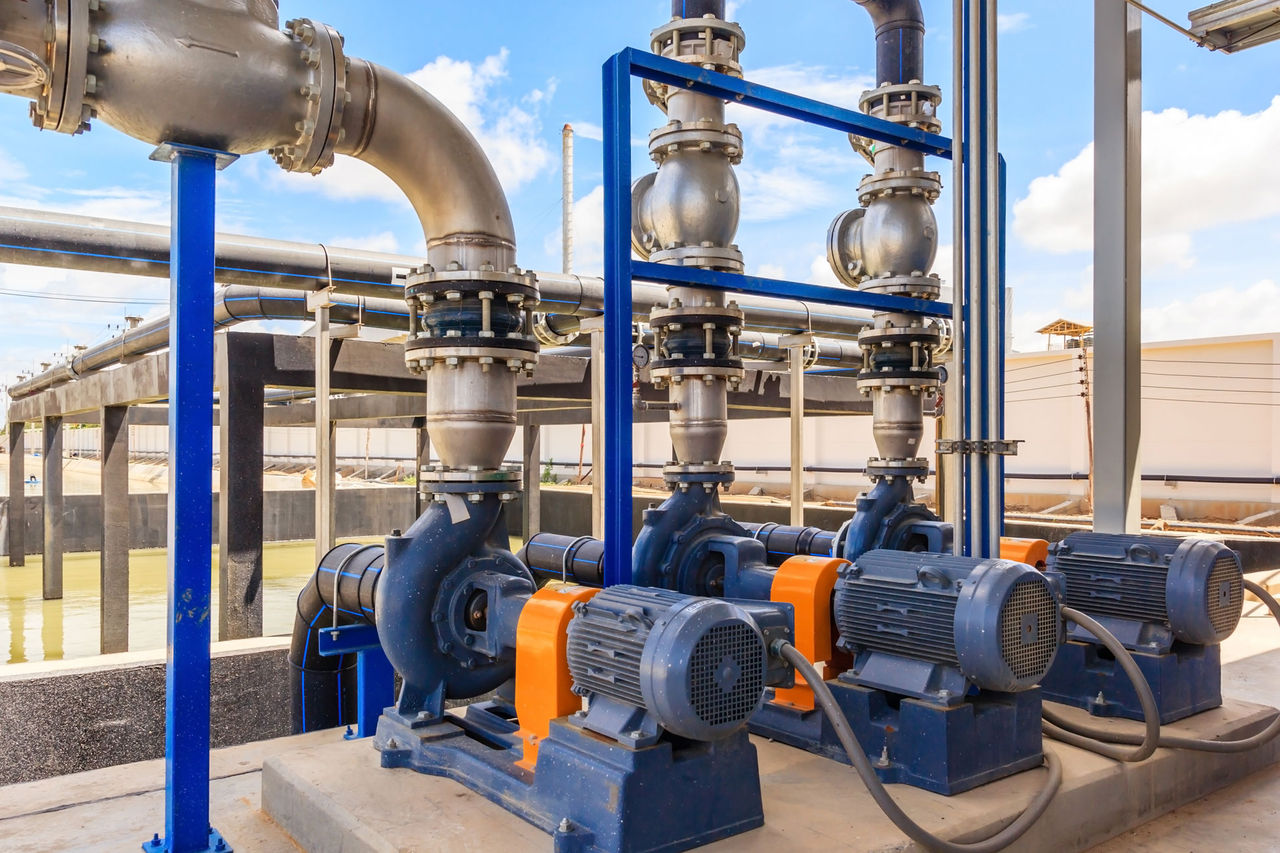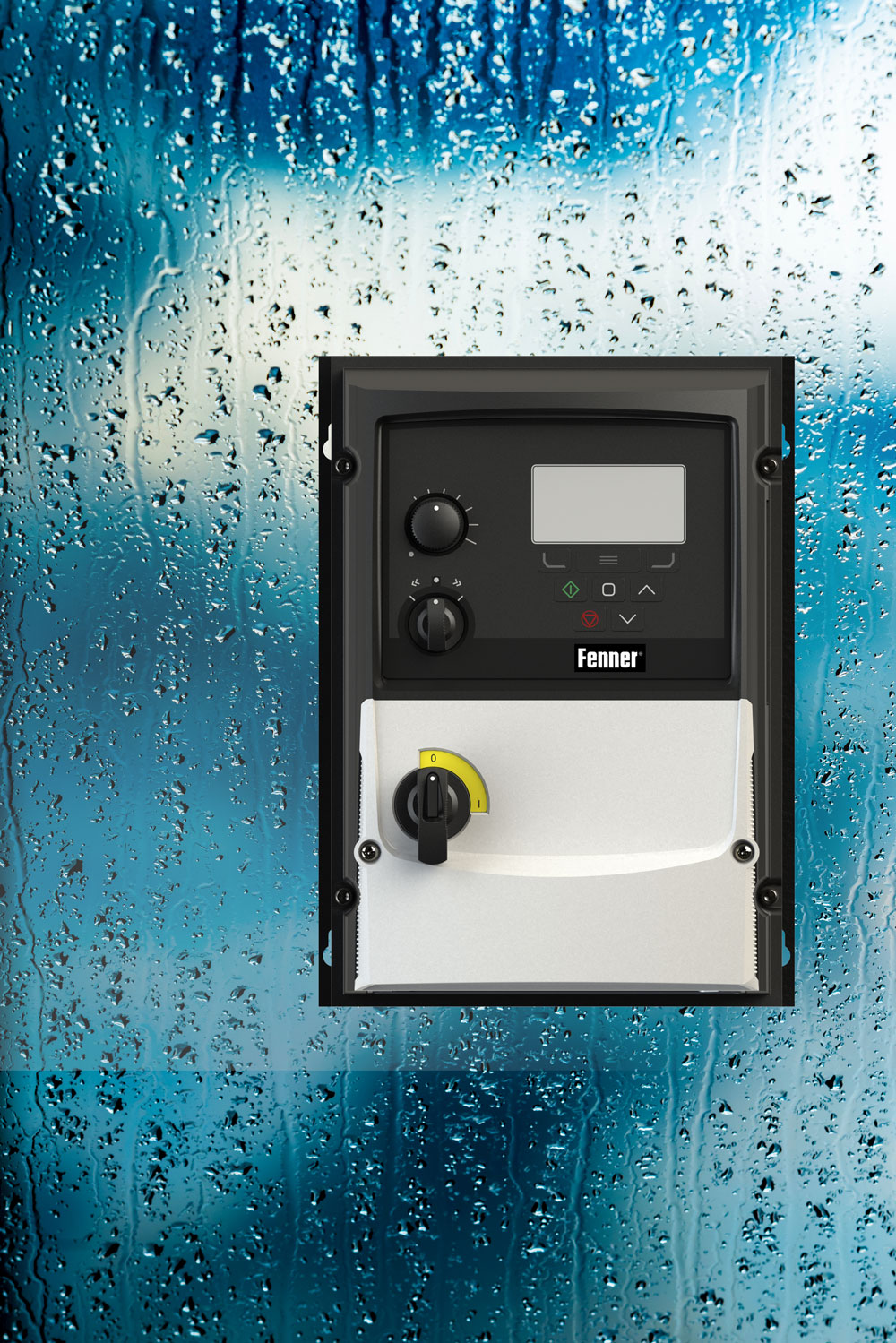In this article
Improve your IP IQ
If you’re ever specifying a motor or inverter for an area where moisture or washdown water is present, you’re sure to come across IP and NEMA ratings. So it’s useful to know what these ratings mean and why they are important. Here’s a brief refresher course for the IP initiated, and an introduction for IP newbies.

First of all: what do IP and NEMA stand for, why are there two rating systems for one product, and what does the rating mean?
IP stands for what the rating is all about: Ingress Protection. NEMA is the initials of the National American Manufacturers’ Association – the trade association of electrical manufacturers in the U.S.A. Their rating system does the same job as the IP rating, and some manufacturers will include both in their product spec.
The rating tells you how effective is the product’s enclosure in protecting against different types of ‘intrusion’. First: hands, fingers and so on. Second: dust, dirt and other foreign bodies. And third: moisture. If a product is described as, for example, ‘waterproof’ that’s just marketing speak. But check its IP / NEMA rating and can you be sure the motor, inverter or other electrical product will be safely up to the job and the operating environment.
All water is wet
Just because a motor, inverter or other electrical product isn’t operating in a wet environment doesn’t mean it isn’t going to get wet. Water is just as wet – and just as challenging – whether it’s rainwater, process water, or washdown water.
So the product you’re specifying may be operating indoors, in an otherwise dry environment. But if it’s subject to washdowns (because it’s in a food or beverage production environment, for example) then it’s going to need to be IP / NEMA rated. If it isn’t, the chances are it will be written-off before you can say ‘high-pressure hose.’

However, choose a product with the correct IP rating – such as a stainless steel super-hygienic motor – and you can safely washdown without worry, and you can save on installation costs too. A lower-rated inverter, IP20 for example, can’t be connected directly to a higher-rated motor, because it will need additional protection and an electrical control panel. A higher-rated inverter, IP66 for example, can be mounted directly to the machine, with no additional protection or wiring required.
But what do the rating numbers and letters mean, and which ones will apply to your application? Fortunately the system is simpler than it looks.
Digging the digits
An IP rating is usually given as two digits, with the letters ‘IP’ in front. The first digit tells you the level of protection against ingress of solid objects (from fingers to dust), and the second the quality of resistance to moisture.
Very occasionally there’ll be a letter at the end, which tells you if the product has certified resistance to a specific material or hazard (oil or high voltages, for example).
But generally, all you need to know is that IP00 would mean the product is not rated for protection from foreign bodies / particulates or moisture, while an IP68 product has the highest rating (the scale for foreign bodies runs 0-6; for moisture, 0-8). If there’s an ‘X’ instead of a digit, it means the product hasn’t been rated in that category – because it isn’t relevant.
There is one other rating (IP69K) which, strictly speaking, is intended for road vehicle applications, but it also finds use in other areas, such as food processing machinery and on some electrical products. That’s because it represents a product rated for the highest protection not just against the force of a water jet but also against its pressure.
Now you know the dry facts about IP and NEMA, and how they relate to moisture and water. So next time you’re specifying a product, you won’t be dropped in at the deep end.
If in doubt, ask for help.
IP e.g.
The full foreign body / particulate and moisture ingress IP scales are here. But below is a brief summary of the lowest, middle and highest moisture protection IP ratings.
- 1 - Protected against vertically falling water drops
- 3 - Protected against spraying water (sprayed at an angle of up to 60° on either side of the vertical)
- 9 - Protected against high-pressure and high-temperature water jets from any direction
For more information, please contact your local ERIKS Service Centre, who will be happy to discuss your options.
#ERIKS #LetsMakeIndustryWorkBetter #Motors #Inverters #Electronics


